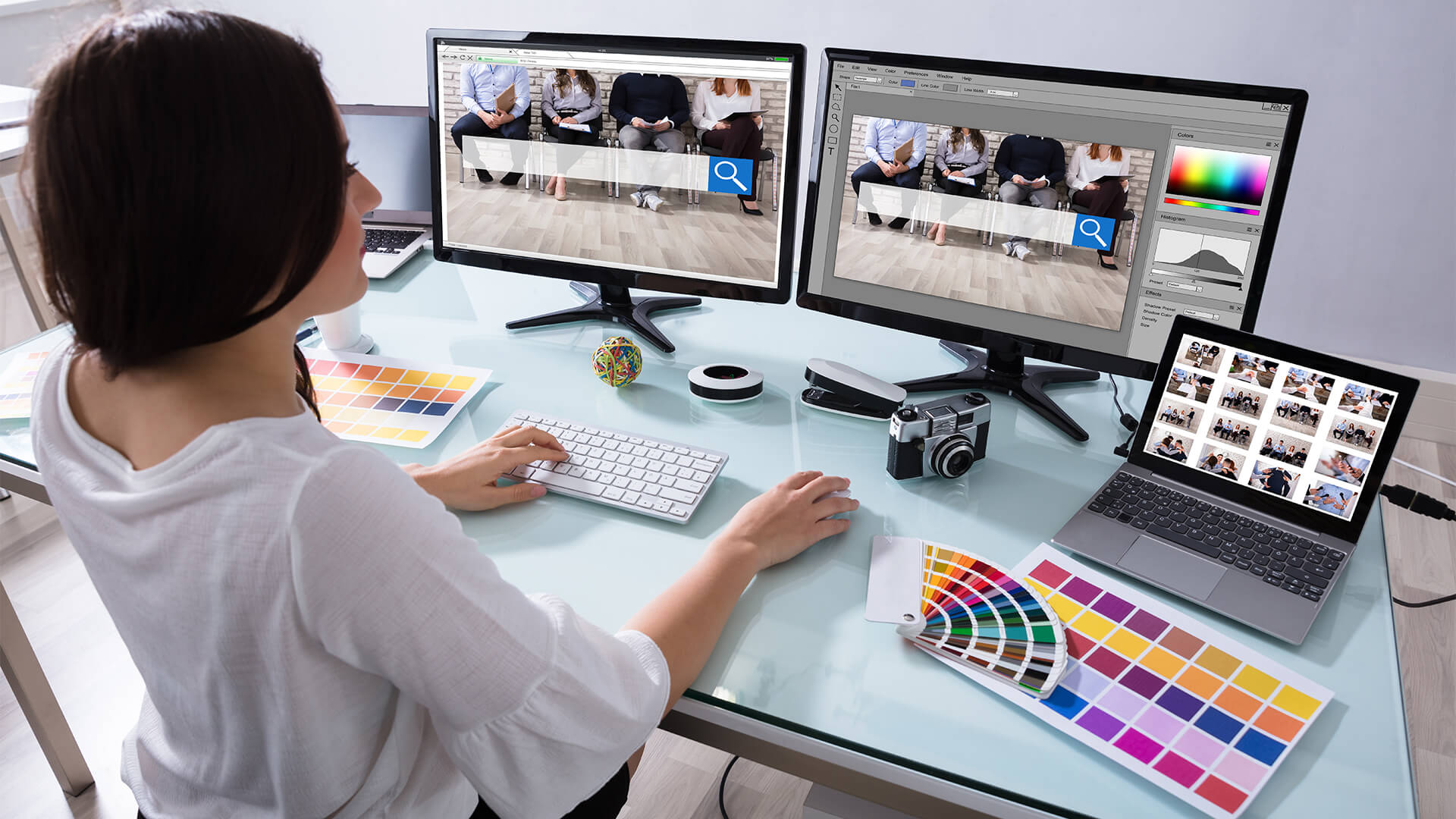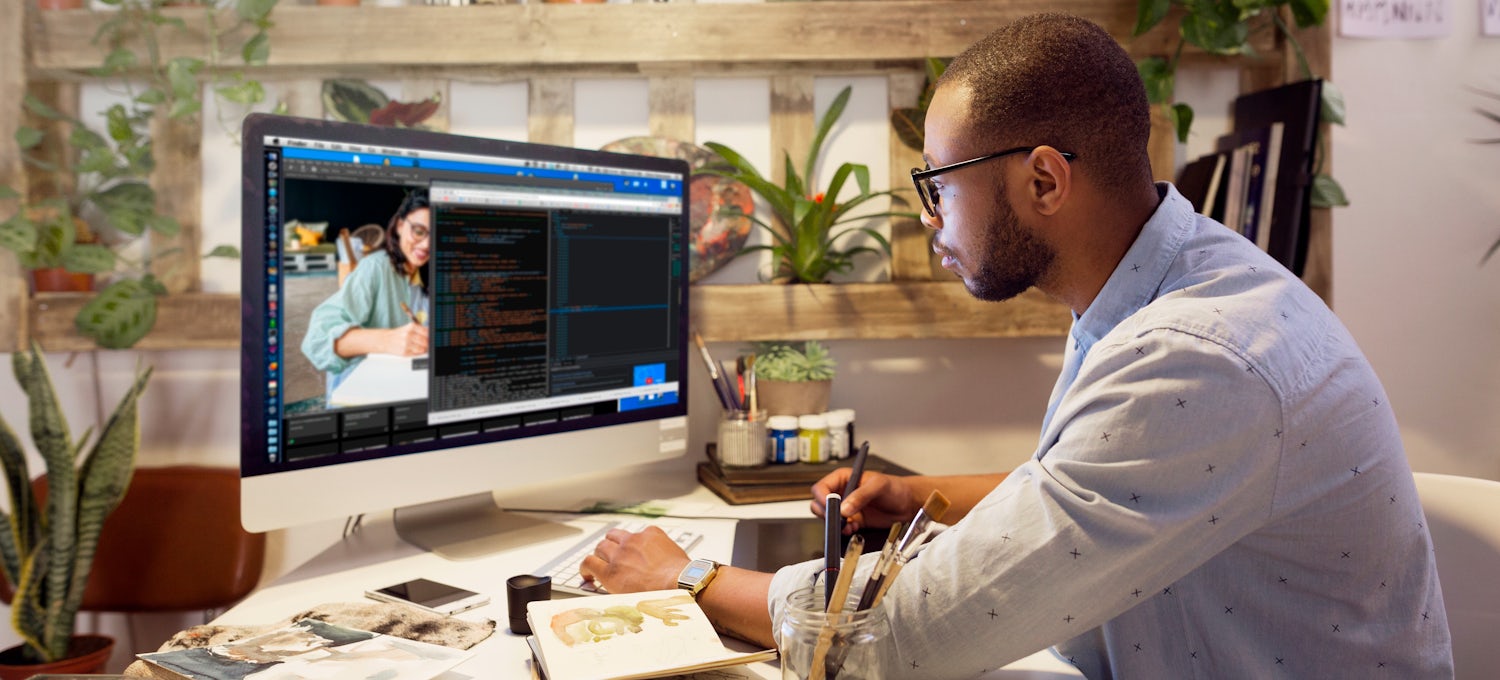Aligned Position Web Design: Stunning Websites Designed for Seamless User Experience
Aligned Position Web Design: Stunning Websites Designed for Seamless User Experience
Blog Article
The Best Sorts Of Web Style to Boost User Experience and Engagement
In the ever-evolving landscape of digital interaction, the efficiency of Web design significantly impacts user experience and interaction. Numerous design strategies, such as minimalist, responsive, and interactive designs, each deal distinct benefits that can provide to varied customer demands. Recognizing which kinds of Web style ideal offer these purposes can be pivotal for companies aiming to improve consumer fulfillment and retention. The concern stays: which design elements really reverberate with users and foster purposeful involvement? The exploration of these concepts discloses essential insights that may redefine your method to Web design.
Minimal Web Style
As electronic landscapes become progressively chaotic, minimal website design has actually emerged as a powerful strategy to enhancing customer experience. This layout philosophy focuses on simpleness, concentrating on necessary elements while eliminating unnecessary interruptions. By using enough white space, straightforward navigation, and a minimal color palette, minimalist style promotes clearness and routes customer attention to key web content.
The core principle of minimalist Web style is to produce a smooth communication for customers. By minimizing cognitive tons, individuals can quickly realize information without feeling overwhelmed. This straight technique not only boosts use yet likewise motivates involvement, as visitors are most likely to check out a site that is aesthetically attractive and simple to browse.
Additionally, minimal style commonly stresses typography and images, making use of these elements tactically to communicate messages successfully. In significance, minimalist Web style is not just a fad; it is a thoughtful method that recognizes the significance of user-centered style.
Responsive Website Design
In today's diverse electronic setting, receptive Web style has actually come to be important for developing a seamless customer experience throughout a plethora of devices. As users access internet sites on smart devices, tablet computers, desktop computers, and laptops, the capability of an internet site to adjust its design and content to various screen sizes and resolutions is vital.
Responsive website design utilizes flexible grids, photos, and CSS media inquiries to guarantee that Web content exists efficiently, despite the gadget utilized. This approach not only improves the aesthetic charm of an internet site yet additionally substantially improves usability. Individuals are a lot more most likely to involve with a site that offers a consistent experience, as it gets rid of the stress of needing to zoom in or scroll excessively.
By embracing receptive layout, organizations can enhance their visibility and reach a wider target market. In summary, receptive Web layout is a fundamental practice that boosts individual experience, interaction, and general complete satisfaction.
Interactive Website Design
Responsive Web layout lays the foundation for boosting individual experience, however interactive website design takes this an action better by engaging customers in a more dynamic means - Aligned Position Web Design. By incorporating components such as animations, clickable prototypes, and real-time comments, interactive website design astounds individuals, drawing them into a richer browsing experience
This strategy not only promotes interaction but also urges customers to discover material actively instead of passively consuming it. Strategies such as gamification, where individuals gain rewards for completing jobs, can dramatically improve the time invested in a site and enhance overall complete click here for more info satisfaction. Furthermore, interactive functions can streamline complicated information, making it much more delightful and absorbable.

Integrating interactive layout components can additionally lead to higher conversion prices, as customers are more probable to engage with a website that actively entails them. visit our website Aligned Position Web Design. Ultimately, interactive website design transforms user experiences right into memorable journeys, making sure that site visitors return time after time
Flat Design
Identified by its minimalistic technique, flat style emphasizes simpleness and performance, removing unneeded elements and concentrating on vital features. This layout ideology prioritizes use, ensuring that users can browse user interfaces with convenience and effectiveness. By using a tidy aesthetic, level layout removes the mess typically found in a lot more luxuriant designs, thus enhancing individual emphasis on web content and performance.
The trademark of level design hinges on its use bold colors, straightforward typography, and geometric forms. These elements add to an aesthetically appealing user interface that is both approachable and modern. Furthermore, level layout promotes a feeling of clearness, permitting customers to determine important actions and information without diversion.
Moreover, flat design is especially efficient in receptive website design, as its simpleness equates well across different gadgets and screen dimensions. The absence of complex structures and slopes minimizes packing times, which is critical for preserving individual interaction. As electronic landscapes remain to develop, flat design stays a relevant selection for developing user-friendly sites that enhance general experience. By focusing on important attributes, level layout not just meets user demands but likewise motivates seamless interaction, making it a crucial component of reliable Web layout techniques.
Flexible Web Design
Adaptive Web design personalizes the individual experience by creating several fixed layouts tailored to various display sizes and tools. Unlike responsive style, which fluidly changes a single design, flexible style utilizes unique formats for particular breakpoints, making sure optimal presentation on various systems. This method permits designers to focus on the one-of-a-kind characteristics of each gadget, improving use by delivering precisely what customers require based upon their context.
Among the main advantages of adaptive website design is its capability to enhance load times and efficiency. By offering customized material and images that fit the customer's device, websites can decrease data usage and enhance loading speeds. This Full Article is particularly useful for customers with slower links or minimal data strategies.

In addition, flexible design facilitates a much more constant and regulated branding experience. Considering that designers produce several designs, they can make certain that the visual elements align with the brand's identity throughout various platforms - Aligned Position Web Design. This causes a natural user experience, boosting interaction and advertising user retention
Conclusion
Minimal design promotes clarity and focus, while receptive design makes certain versatility throughout numerous gadgets, advertising access. Jointly, these layout comes close to contribute to the production of easy to use settings that not only enhance complete satisfaction but likewise drive higher conversion prices, emphasizing their vital significance in modern Web layout strategies.

Minimalist design promotes clearness and emphasis, while receptive layout ensures adaptability across different tools, advertising ease of access. Jointly, these layout approaches contribute to the production of straightforward atmospheres that not just enhance contentment but also drive higher conversion prices, emphasizing their critical value in modern Web layout approaches.
Report this page